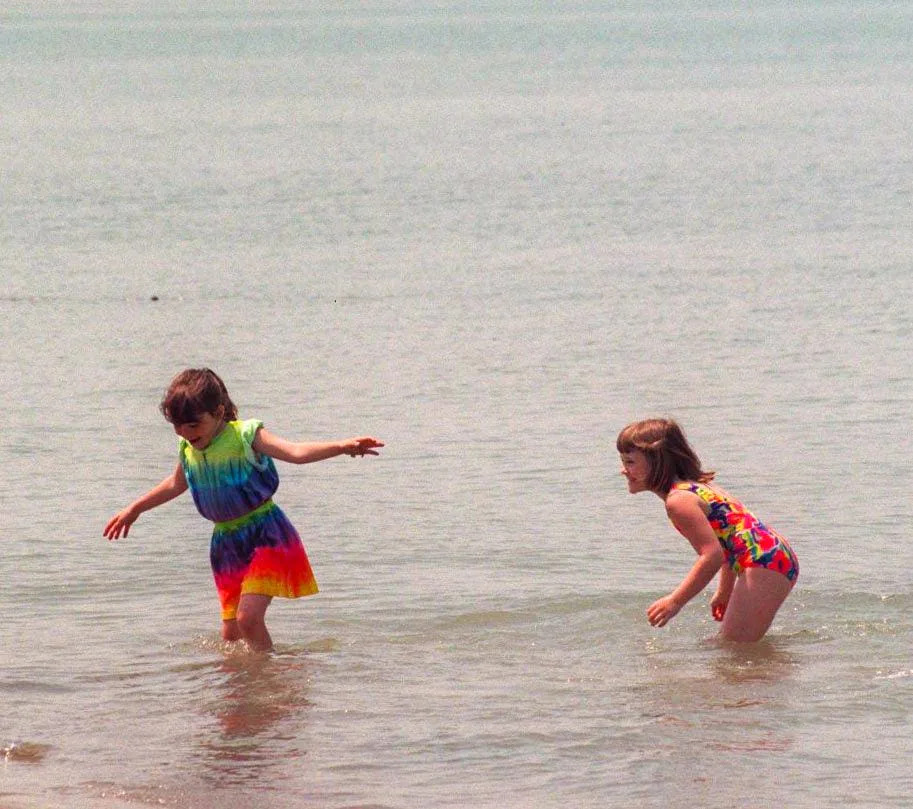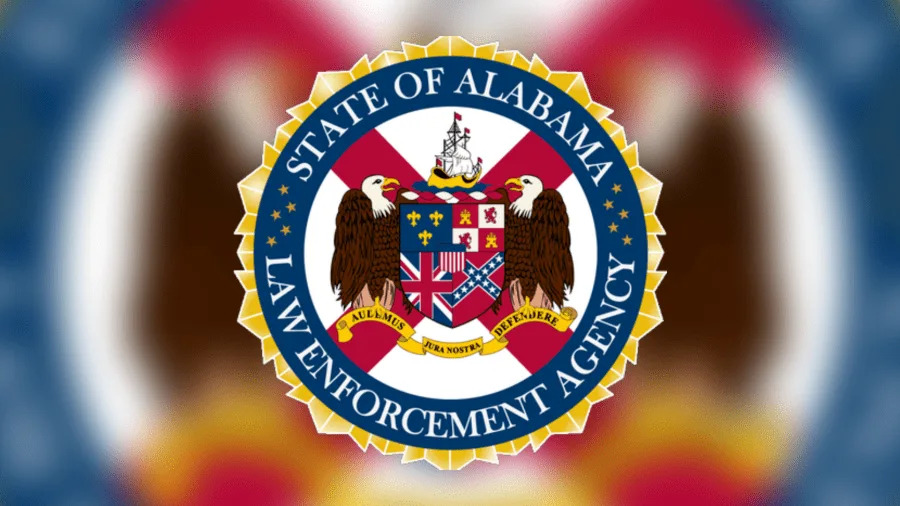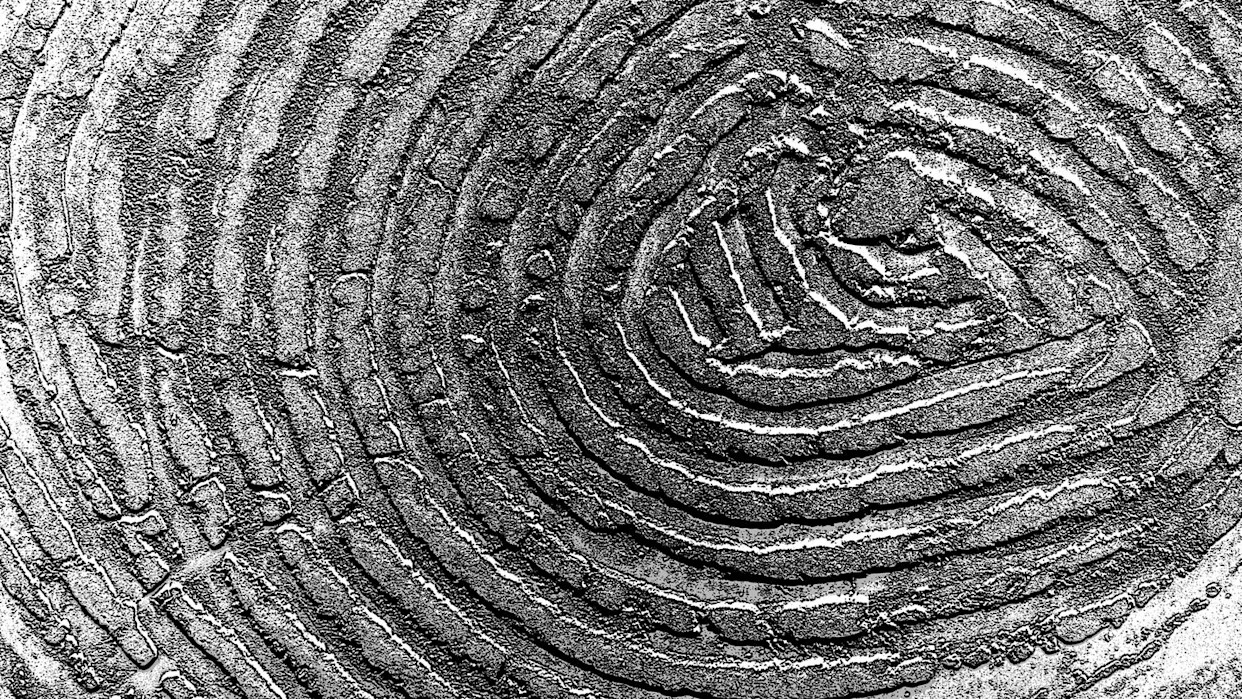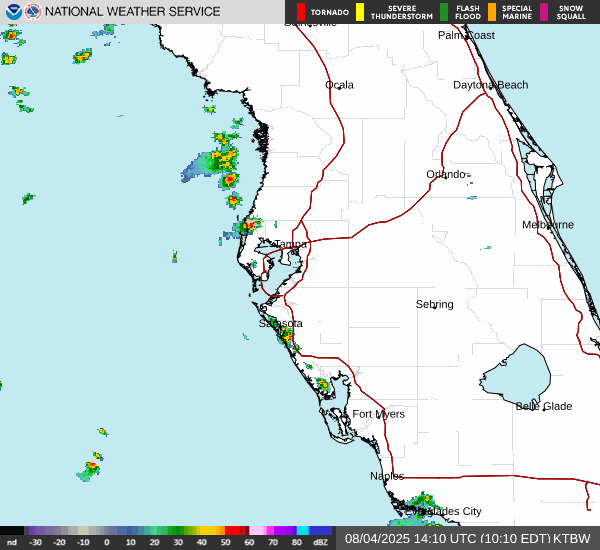
Nearly two dozen Michigan beaches are under bacteria advisories or are closed as Michiganders head into the Aug. 2-3 weekend.
In a state to more than 1,000 beaches, state officials say 21 beaches in counties across Michigan aren't fit for swimming.
As of Friday, Aug. 1, there are multiple Michigan beaches that are currently closed or under advisory due to high bacteria levels — likely from wildlife, according to the Michigan Department of Environment, Great Lakes and Energy, which provides that information via an online dashboard.
Beaches with closures or advisories
Beaches include:
Campbell Lake near Robert Morris Park in Kalamazoo County
Clinch Park in Grand Traverse County
Dumont Lake County Park Beach in Allegan County
East Jordan Tourist Park in Charlevoix County
Elm Point Beach in Charlevoix County
Emerald Lake (Lyster Rd) in Oakland County
Four Mile Beach in Chippewa County
Grove Street Beach in Oakland County
Halls Lake at Isabella County
Independence Lake County Park in Washtenaw County
Lakeview Waterfront Park in Roscommon County
Lakewood Farms (Sharon Street) in Oakland County
Newburgh and Sumac Pointes (Hines Park) in Wayne County
Philp County Park in Huron County
Pontiac Lake in Oakland County
Ramona Park in Kalamazoo County
Seven Lakes State Park in Oakland County
St. Clair Shores Memorial Park Beach in Macomb County
Sylvan Lake in Oakland County
West End Beach in Grand Traverse County
Willow Street Beach in Keego Harbor
County health departments routinely collect water samples for bacteria levels at beaches across the state to determine whether the water is safe for swimming, according to the EGLE.
To be considered safe for swimming, the E. coli counts must be below 300 per 100 milliliters.
Check the conditions of your local beach
The EGLE map lists information for beaches in Michigan, including water quality sampling results and beach advisories and closures.
The website also includes information on combined or sanitary sewer overflows, which lead to partially treated or untreated sewage being released into rivers and streams.
Why do officials check for E. coli?
Generally, coliforms are bacteria that are not harmful and are naturally present in the environment, according to the U.S. Environmental Protection Agency. They are used as an indicator that other, potentially harmful, fecal bacteria (indicated by the E. coli species) could be present.
If any routine or repeat sample is total coliform positive or present, the system (i.e., the lab) must further analyze that sample to determine whether E. coli are present. E. coli is a more specific indicator of fecal contamination and is a potentially more harmful pathogen than other bacteria typically found in the coliform group.
Consumption of or contact with water contaminated with feces of warm-blooded animals can cause a variety of illnesses, the U.S. Geological Survey said. Minor gastrointestinal discomfort is probably the most common symptom; however, pathogens that may cause only minor sickness in some people may cause serious conditions or death in others, especially in the very young, old, or those with weakened immune systems.
What is swimmer's itch? Does E. coli cause it?
Swimmer's itch is a skin rash caused by an allergic reaction to microscopic parasites that infect some birds and mammals, according to the Centers for Disease Control and Prevention.
Swimmer's itch is often incorrectly attributed to E. coli exposure, according to the Clean Lakes Alliance.
Symptoms can include:
Tingling, burning or itching of the skin
Small reddish pimples
Small blisters
What can I do about swimmer's itch?
Swimmer's itch typically clears up on its own within a week. If the itching is severe, your health care provider may recommend prescription-strength lotions or creams, the Mayo Clinic said.
Some home treatments may provide relief until it goes away:
Apply a corticosteroid cream or an anti-itch lotion, such as those that contain calamine.
Take an oral nonprescription antihistamine (Benadryl) or one with loratadine (Alavert, Claritin, others).
Avoid scratching the rash.
Cover affected areas with a clean, damp washcloth.
Soak in a bath sprinkled with Epsom salts, baking soda or an oatmeal-based bath product (Aveeno, others).
Make a paste of baking soda and water, and then apply it to the affected skin.
This article originally appeared on Detroit Free Press: 21 Michigan beaches not safe for swimming. See the list








Comments